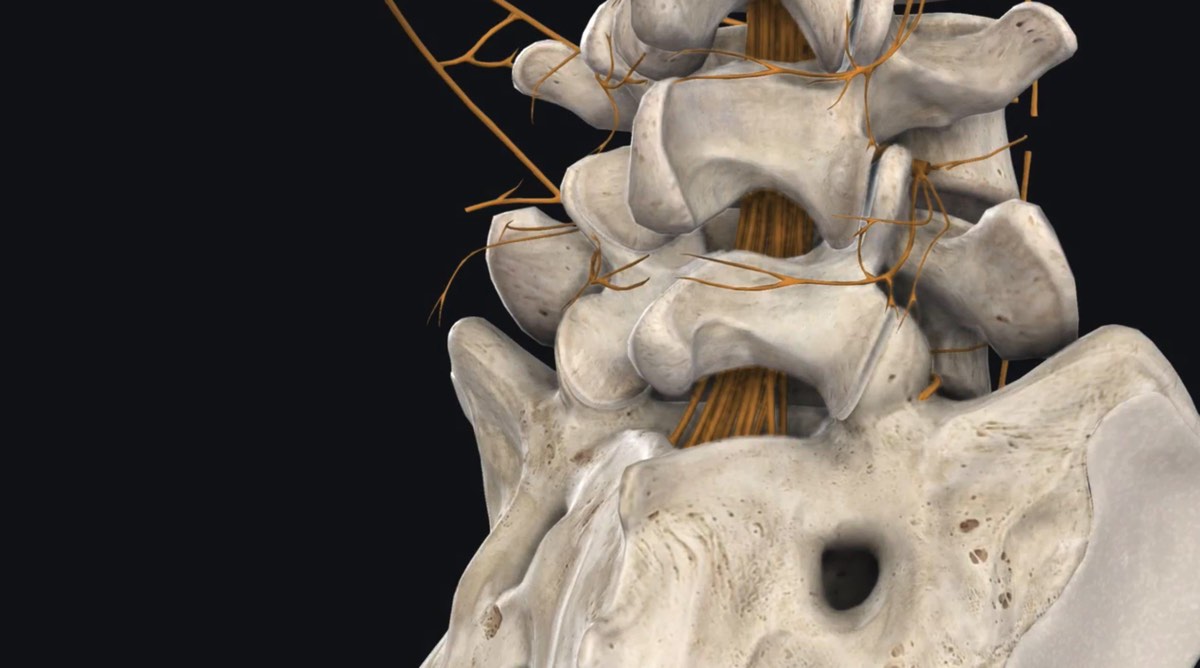Michael Howell, MD, discusses an exciting advance in mechanical ventilation, targeted PEEP therapy, citing the results of a pilot study that used an esophageal balloon to measure pleural pressure, the force that compresses the lungs, to set PEEP to a value that matches physiologic needs.
Summary:
Targeted PEEP therapy, using an esophageal balloon to measure pleural pressure, was shown in a pilot study in late 2009 to improve mortality, decrease time on the ventilator and improve oxygenation. A major randomized controlled trial is likely to be conducted as a result of this research at Beth Israel Medical Center.
References and Resources:
Talmor D, Sarge T, Malhotra A, O’Donnell CR, Ritz R, Lisbon A, Novack V, Loring SH. Mechanical ventilation guided by esophageal pressure in acute lung injury. N Engl J Med. 2008 Nov 13;359(20):2095-104. Epub 2008 Nov 11.
Talmor D, Sarge T, O’Donnell CR, Ritz R, Malhotra A, Lisbon A, Loring SH. Esophageal and transpulmonary pressures in acute respiratory failure. Crit Care Med. 2006 May;34(5):1389-94.
Claure N, Suguihara C, Peng J, Hehre D, D’Ugard C, Bancalari E. Targeted minute ventilation and tidal volume in an animal model of acute changes in lung mechanics and episodes of hypoxemia. Neonatology. 2009;95(2):132-40. Epub 2008 Sep 6.
Jaber S, Sebbane M, Verzilli D, Matecki S, Wysocki M, Eledjam JJ, Brochard L. Adaptive support and pressure support ventilation behavior in response to increased ventilatory demand. Anesthesiology. 2009 Mar;110(3):620-7. PMID: 19225395
Sponsored by The Doctor’s Channel









